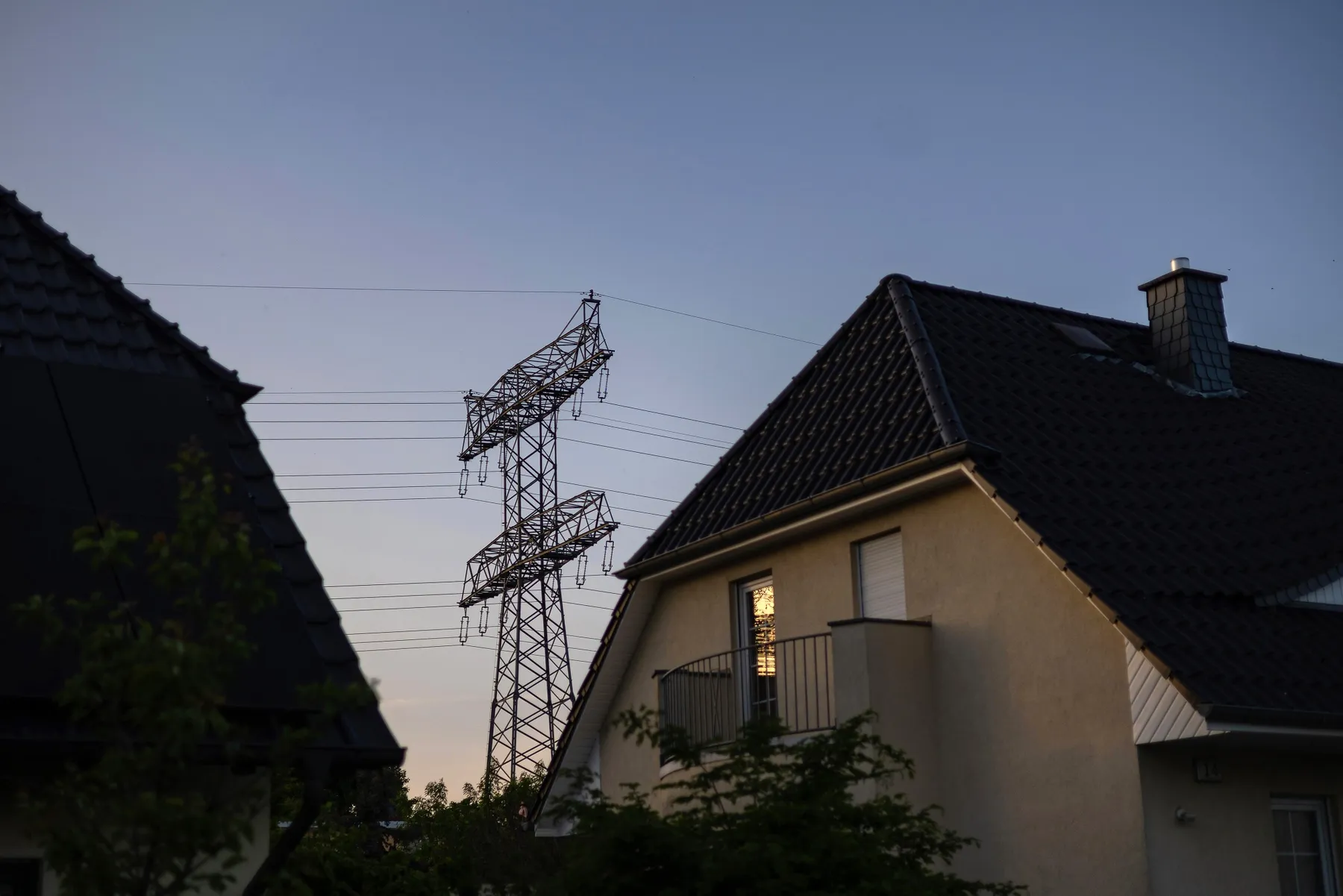Germany has faced a sharp spike in electricity prices amid weak renewable generation and surging costs of carbon allowances. France, whose power system rests on a large fleet of nuclear reactors, avoided similar volatility—leading to a record divergence between the neighboring markets.
According to Epex Spot, the day-ahead power price for Wednesday in Germany was €125.95 per megawatt-hour, while in France it was just €13.86/MWh. The roughly ninefold difference capped a three-day stretch of elevated price pressure in Germany.
The main drivers of the imbalance are the weather and the generation mix. At the start of the week, German solar and wind farms delivered only a modest share of demand, leaving a sizable gap to be filled. That gap had to be covered by gas- and coal-fired units—especially after the country permanently shut down its own nuclear plants more than two years ago. This is a familiar pattern for systems with high renewable penetration: when wind and sun fade, the system switches to thermal generation—which is sensitive to fuel costs and the price of carbon permits.
Carbon allowances added separate upward pressure. As September approaches, companies traditionally step up purchases to cover the previous year’s emissions by the compliance deadline, building residual positions ahead of the cut-off. That makes running gas plants more expensive, which feeds straight through into day-ahead prices.
France, by contrast, was insulated from the weather lottery during this period: its large nuclear fleet provides baseload and smooths out price spikes that systems dominated by renewables can suffer in poor weather. Market models indicate that German wind generation is set to rebound from Thursday, which could ease some of the price strain.
Rabobank strategist Florence Schmit in London outlines the prospect for normalization:
“I don’t believe that the strength of the carbon prices will continue after the compliance deadline, and therefore electricity prices should also adjust by then at the latest.”
In short, €125.95/MWh in Germany versus €13.86/MWh in France for Wednesday shows how a combination of low renewable output and pricier carbon allowances can redraw Europe’s power-price map in a matter of days. In the short term, markets are looking for stronger winds and softer demand for emission permits as the deadline passes—both theoretically bearish for prices. Yet the structural divide remains between systems where nuclear supplies a firm baseload and those where the base must be assembled from gas, coal, and cross-border imports when wind and sun are weak—a key line of demarcation in Europe’s power sector.
This article was prepared based on materials published by Bloomberg. The author does not claim authorship of the original text but presents their interpretation of the content for informational purposes.
The original article can be found at the following link: Bloomberg.
All rights to the original text belong to Bloomberg.


















